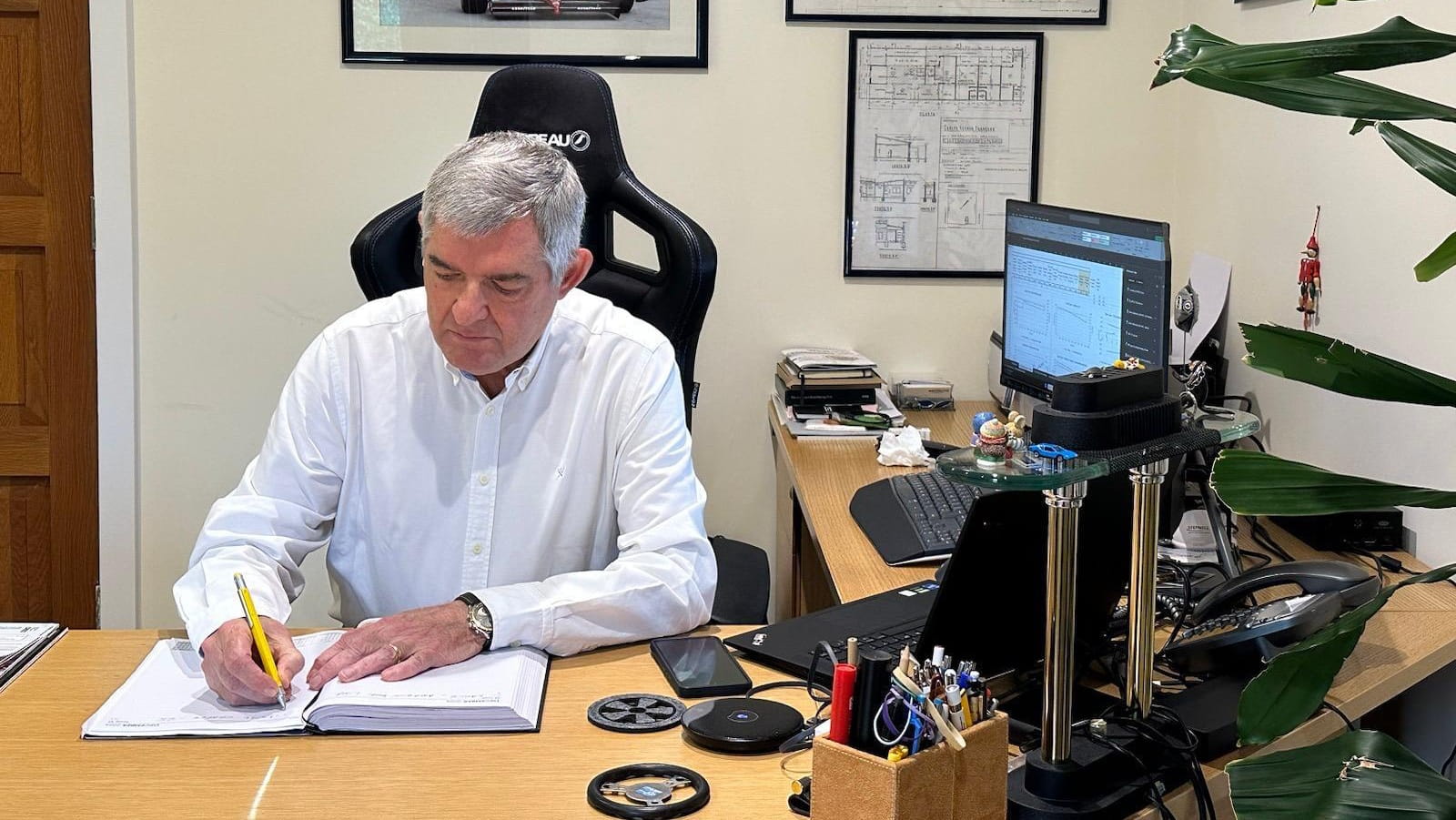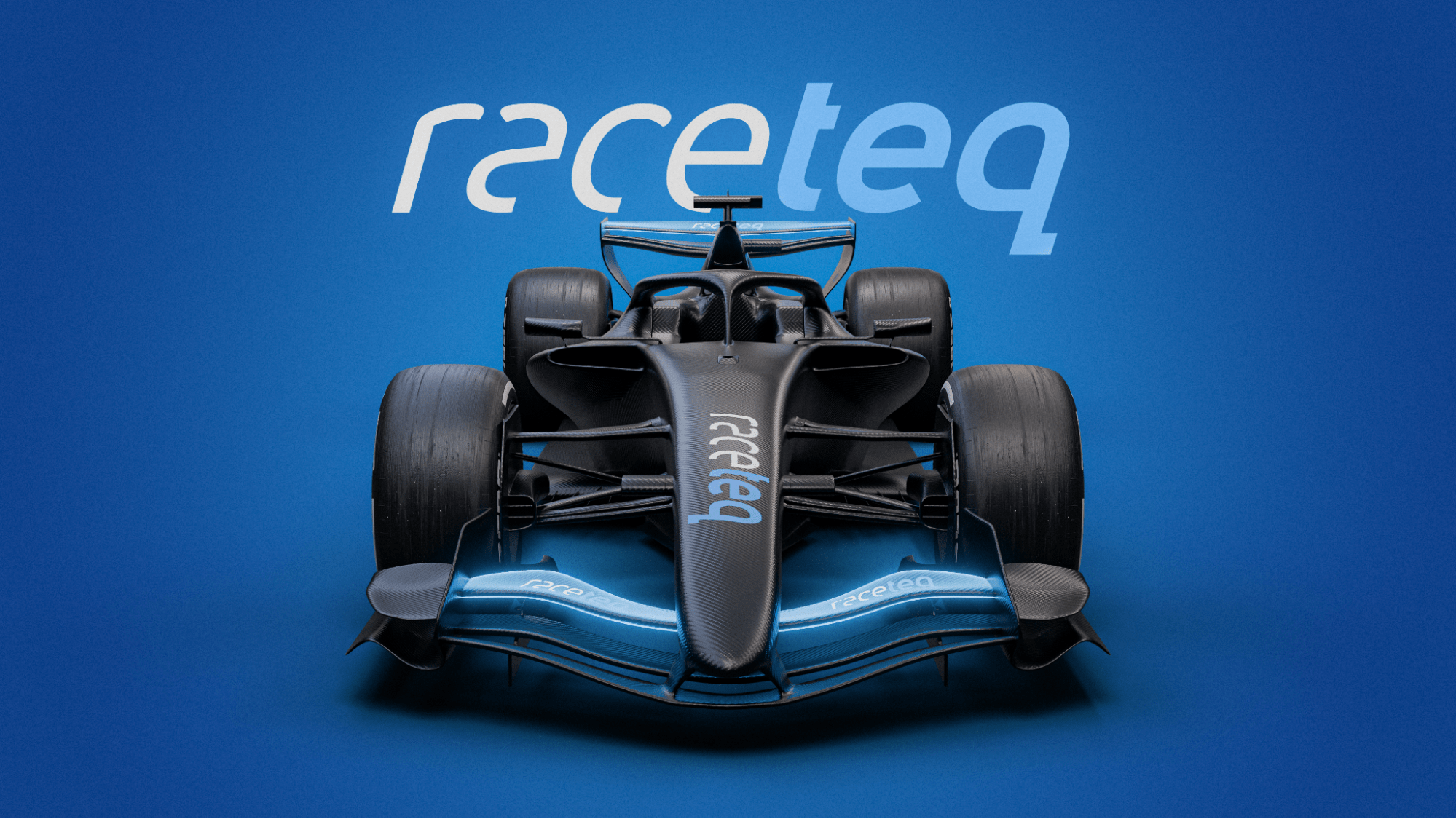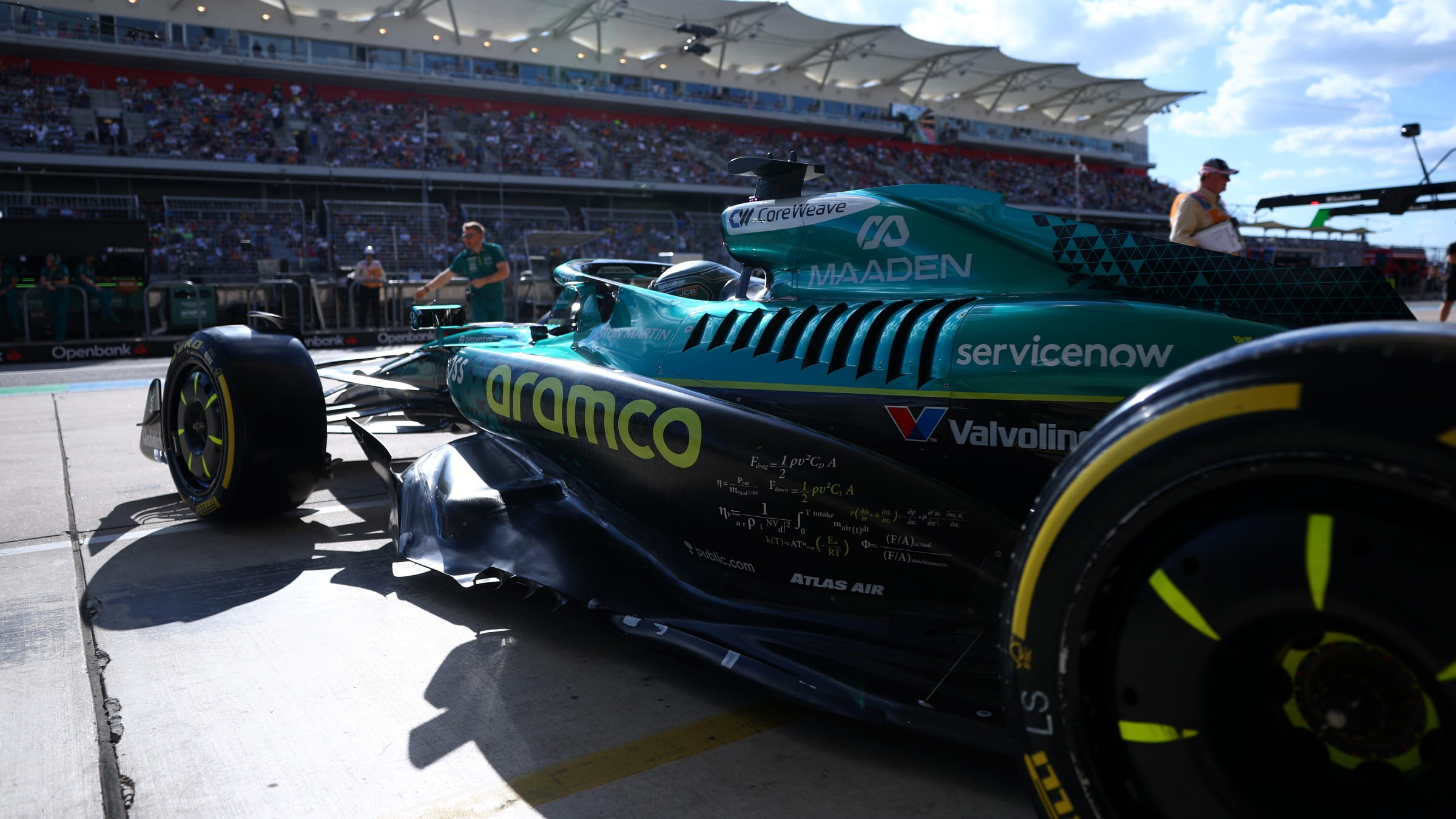Career
The engineer who swears by CFD and uses F1 tech to solve real-world problems
by Samarth Kanal
7min read

What happens when a seasoned Formula 1 engineer takes computational fluid dynamics (CFD) and applies it to solve real-world problems in the fields of retail, architecture, transport, and even robotics? Millions of lives could be enhanced.

Sign up for a newsletter and we'll make sure you're fully up-to-date in the world of race technology
Nick Wirth made that bold leap, initially designing Formula 1 cars primarily using CFD and then using that same approach to improve sustainability, performance and aesthetics in other fields.
Wirth was boss of the Simtek team that raced in F1 from 1994-95, before starting his own robotics company, Roboscience, in 1999.
In 2003, he founded his eponymous engineering company, Wirth Research. In 2007, Wirth helped Acura launch its sportscar racing programme and, in 2010, designed an F1 car exclusively using CFD at Virgin Racing.
He tells us why he’s all for CFD over a physical windtunnel, and why his company has used this approach to design solutions for supermarkets, mobility, and even headquarters for Apple.

Nick Wirth in 2010, when he served as technical director for Virgin Racing
Why Wirth is ‘100%’ for this F1 technology
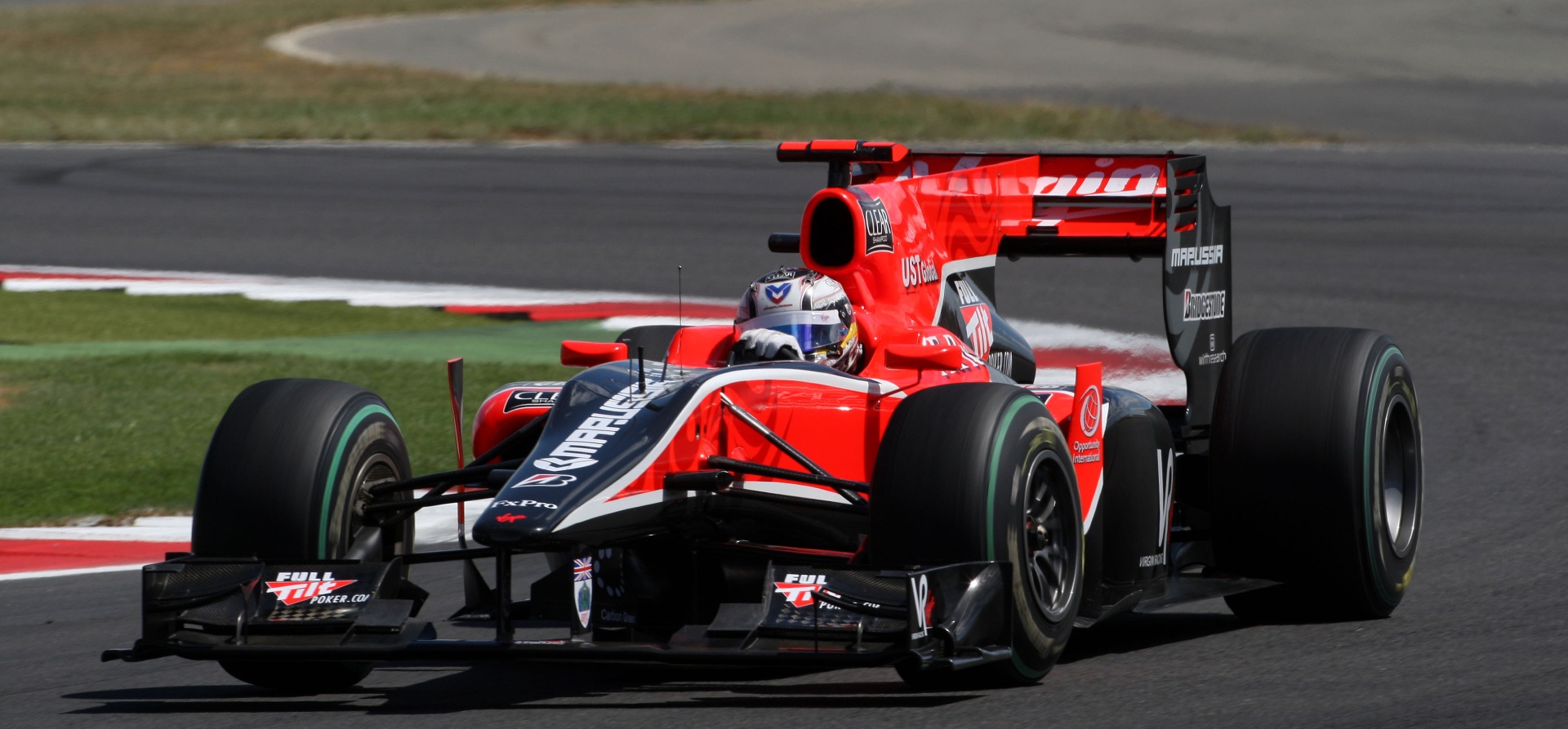
The 2010 Virgin Racing F1 car was designed using CFD - and without the windtunnel

Virgin Racing didn’t hit its stride in Formula 1 - but Wirth stands by his methodologies
.jpg?cx=0.5&cy=0.5)
A scale model of an F1 car in the windtunnel - where simulation of airflow in multiple dimensions is difficult
Solving real-world problems using CFD

A CFD simulation of a Truechill cabinet
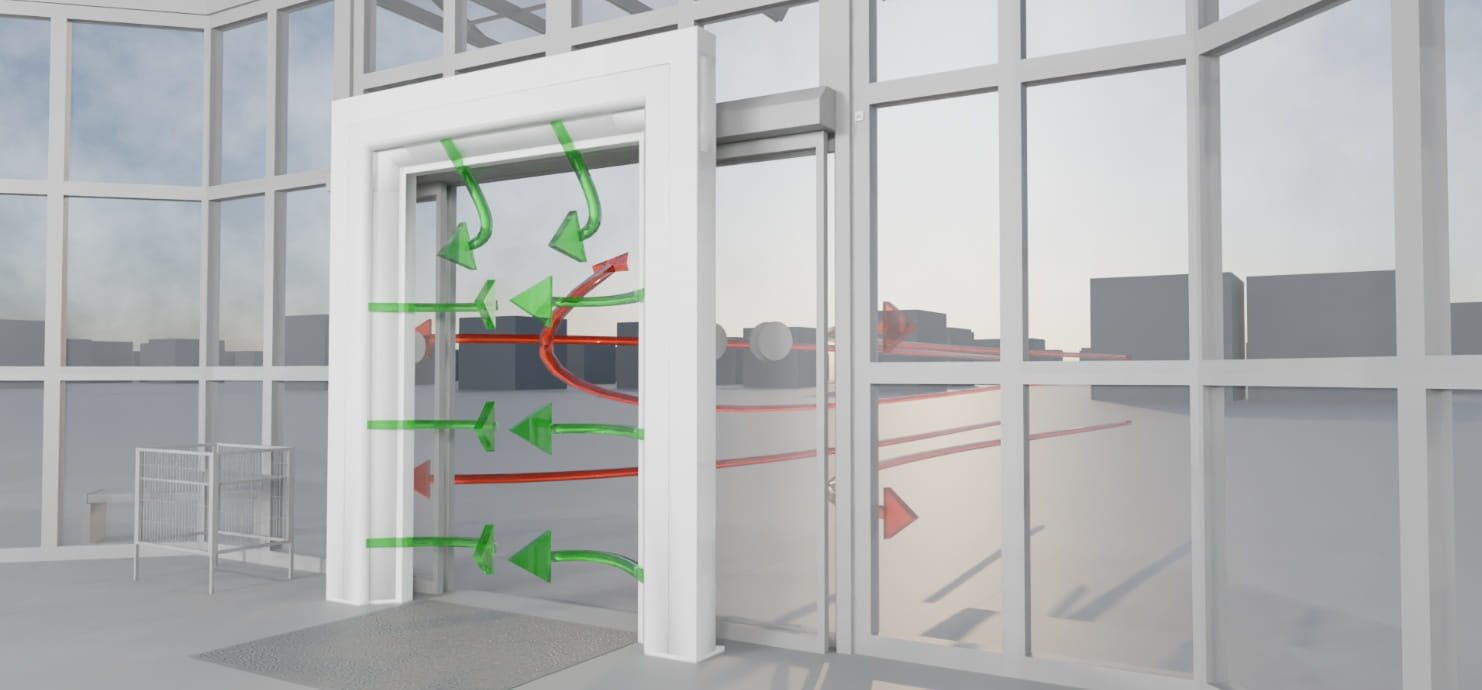
A CFD simulation showing how the airdoor keeps air out by creating a ‘curtain’ at the entrance of a building
The Apple and Bloomberg headquarters

The interior of the Bloomberg Headquarters in London, UK, showing its design optimised for effective ventilation

Apple’s headquarters in California uses CFD-driven architecture
.png?cx=0.5&cy=0.5)
.png?cx=0.5&cy=0.5)
